European Sepsis Report – Spain (Catalunya)
Background
The main objective of the plan in Catalunya was to create a hospital emergency code for sepsis. The elements that pushed for a structured plan were a continued increase of the incidence of sepsis in the region, delay in the antibiotic treatment therapy and delay in transfer to ICU.
What is happening
The journey started in 2008 with local experiences which progressively led the Parliament of Catalunya to declare sepsis a public health problem in 2015 and requested the creation of a strategic plan for early detection and treatment of sepsis. A multi-disciplinary advisory committee was set up, and early detection parameters were identified together with initial treatment, according to the degree of care of hospitals in the network (i.e., primary, secondary, or tertiary care). Hospitals were mapped and clustered according to what kind of sepsis patients they would be ready to treat.
Training, analysis, and feedback mechanisms were developed, including “Radar sepsis”, a system that provides a continued screening of cases and that helps analyze data and give feedback to different hospitals. The project Sepsis Training Audit and Feedback (STAF), supported by a grant for the TV3 telethon, is developed in 3 phases:
Two mobile learning mini-courses based on early warning scores for technicians of pre-hospital care systems and for hospital personnel. https://codisepsia.snackson.com/
Development of an RSIXS platform for sepsis and septic shock to register the key performance indicators (KPI) for antibiotic administration, resuscitation, infection source control, and time of ICU admission. This platform is in the portal of the Health Department (Catsalut).
Development of the RADAR-Sepsis platform for automatic register of administrative data related to sepsis and dashboard creation to allow comparative analysis of incidence, ICU requirements, hospital results, and loss of quality of life in survivors.
Results, next steps, and challenges
The recommendations coming out of this experience:
Protocol for sepsis detection should be developed for all healthcare workers
Patients who don’t respond to initial treatment should be placed in ICU.
Antibiotic administration should be done on time as well as normalization of hemodynamic parameters.
Quality control systems should be in place and be included in the annual budget of the hospital.
To create a control panel with automatized clinical information to compare data of training (number of people with minicourses), indicators of activities, KPI, and indicators of clinical and economic results.
